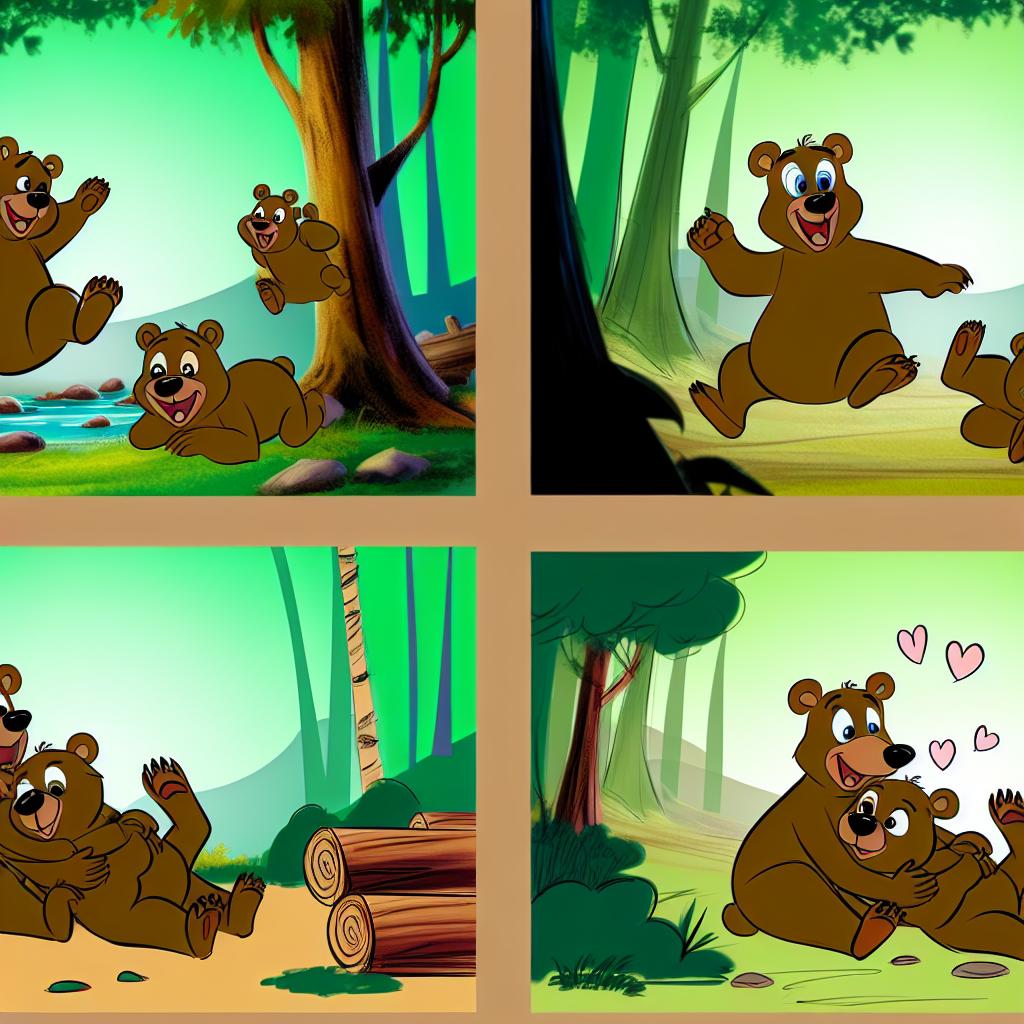The Science Behind Bear Cubs’ Adorability
Bear cubs are undeniably appealing, and understanding the reasons behind their perceived cuteness involves a look into evolutionary biology and behavioral science.
Neotenous Features
Bear cubs, like many other mammalian young, exhibit neotenous features, which are juvenile characteristics that typically include large eyes, a small snout, and a round face. These features trigger a nurturing response in humans, similar to that which is evoked by human infants. This concept was first popularized by ethologist Konrad Lorenz and is well documented in studies such as one published in the journal Current Biology.
Behavioral Tendencies
In addition to their physical appearance, bear cubs’ playful and clumsy behavior further contributes to their charm. Much like young animals across species, bear cubs learn crucial survival skills through play. Their awkward movements and curiosity are not only entertaining but also serve a vital role in their development, helping them gain strength and coordination.
The Role of Parental Care
Mother bears invest significant time and resources in nurturing their young. This extended period of care provides an opportunity for the cubs to learn crucial life skills in a protected environment. The presence of a caring mother alongside playful cubs often showcases an idealized version of family life, which many find heartwarming.
Adaptive Value of Cuteness
While bear cubs’ cuteness may seem merely an incidental trait, it is, in part, an adaptive strategy. The appealing appearance and behavior ensure maternal protection and even foster positive interactions with humans, which can sometimes translate to conservation efforts. Organizations such as the World Wildlife Fund (WWF) highlight the importance of species conservation, using charismatic animals as flagbearers for broader environmental initiatives.
Conservation and Human Interaction
The perceived cuteness of bear cubs can also play a role in conservation strategies. For instance, public interest in safeguarding these adorable creatures can lead to increased support for wildlife conservation programs. Engaging the public emotionally can be an effective tactic for raising awareness and funds necessary for preserving these animals and their habitats.
Bear cubs, with their combination of physical and behavioral traits, provide a fascinating example of how seemingly simple characteristics can have complex evolutionary and societal implications. Their endearing nature not only influences human perception but also serves to drive significant conservation efforts aimed at ensuring their continued existence in the wild.

